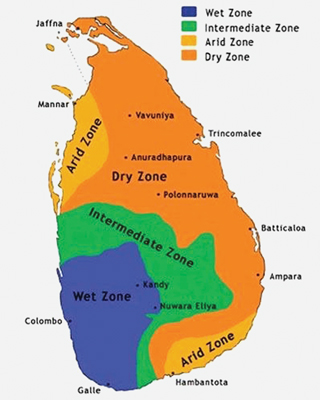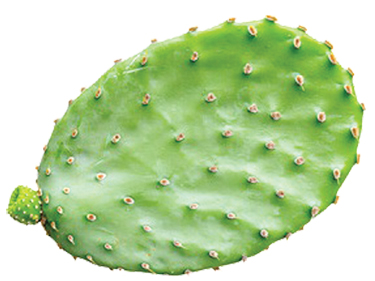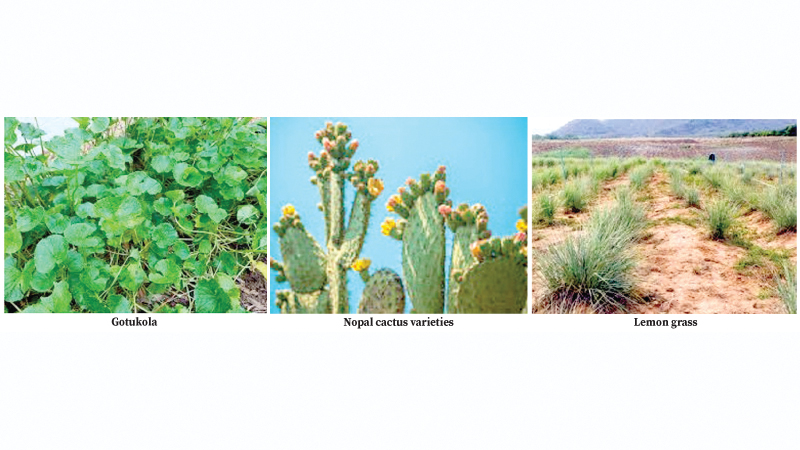The most welcome phenomenon that gives a new impetus to Sri Lanka’s agricultural realm is the recent introduction of the Agricultural Modernisation program by the Government. This step has the potential to transform the country’s dry zone landscape possessing virtual desert climatic conditions, from what it is today, to one that would earn enormous volumes of foreign exchange for the country in the future.
One, without pondering over the substance hidden in this claim may dismiss it as baseless, as at surface level, it may look an exaggeration far beyond reality. But facts are stubborn and always carry hidden elements that make them unshakeable in the presence of valid corroborative evidence.
No one looking at the deserts in the Gulf and other regions in the ancient past would have seen the potential present in them until the advent of the automobile and other modern means of transport which created a huge or unfathomable demand for petroleum products.
Global markets
Similarly, enormous potentials are lying beneath the soils of the marginal lands, or virtual desert lands, in the interior of the dry zone, to emerge as bases that could accommodate botanical products for which an ever increasing demand is emerging in global markets. These marginal or semi-desert lands are ones that could hardly be utilised for traditional agriculture which needs efficient irrigation facilities. But they are ideally suited for a range of botanical products which grow freely under drought conditions.

Map: Climatic zones of Sri Lanka
The Agriculture Modernisation program is an excellent launching pad for the implementation of a dry zone agricultural program, which, through the utilisation of these marginal lands have the potential to become one of the country’s major foreign exchange earners.
Certain regions of the Sri Lankan dry zone are vulnerable to incessant droughts as well as devastations by herds of wild elephants.
Hence, the modernisation of local agriculture, particularly its dry zone component, in its implementation processes, has to incorporate modern strategies that minimise or eliminate these impediments.
An initial and most vital aspect in the modernisation process should be giving priority to crops that grow freely in the dry zone, under drought conditions and have high demands in foreign markets. Most such crops do not attract wild elephants as such. For example, cactus varieties grow freely even on rocks in the dry zone.
According to statistics, the Nopal variety of cactus has generated US$ 3661 million (Rs. 3.661 billion) as export proceeds to 9 countries in 2023 alone . This variety could be grown freely in dry zone lands of Sri Lanka where the water problem is severest. The rural agricultural sector is unaware of the huge potential that is present for a variety of medicinal herbs growing freely in the dry zone. These products are drought resistant and need no tending at all.
An article on the demand for herbal medicines said, “The demand for medicinal plant based raw materials is growing at the rate of 15 to 25 percent annually and according to an estimate of the WHO, this demand is likely to increase beyond US$ 5 trillion in 2050.”
Sri Lanka can learn much from India where a vigorous campaign is in progress for the expansion of botanical product exports. India exports lemon grass oil to more than 80 countries. Lemon grass could be grown in regions with warm and humid climatic conditions. Besides, India is a leading exporter of a range of herbal products.
Sri Lanka too can expand her exports of lemon grass oil and a variety of other herbal products hitherto not tried in foreign markets by harnessing the cultivation and marketing endeavours to the Agricultural Modernisation Program currently being implemented.
According to an article titled ‘Simplified Guidance to Exporting Herbal Products from India”, India has exported US$ 1240.6 million worth of Ayush and herbal medicines in the past two years (2021-22 and 2022-23).
Sri Lanka is famous as the home of many herbal products since ancient eras.
Thus, the Agricultural Modernisation program is a golden opportunity for the promulgation of a Dry Zone Export Crop Promotion program. In that too, Sri Lanka can emulate India and emerge as a leader in foreign markets. What is needed is a program with a strategic approach that could be integrated into the ongoing Agricultural Modernisation program. Such a program, besides being a booster of the rural economy as well as the standard of living of the rural poor, could positively influence an unprecedented renaissance in Sri Lanka’s agriculture. If properly planned and implemented, it has a potential to grow into a mighty campaign nourishing Sri Lanka’s endeavours towards enhancing foreign exchange earnings.
Signs of this phenomenon are apparent in a series of programs launched at Galgamuwa in the North Western Province (NWP). One such program being implemented jointly by the Export Development Board provincial office of the NWP and the Divisional Secretariat is the cultivation of Gotukola (Centella Asiatica), targeting the export market. It is estimated that this cultivation would yield an income of Rs. 147,000 per half acre within three and a half months.
In the face of the year round drought conditions in this area and the resultant low water table, this cultivation is ideal for the farmers in the area. There are other crops that could be grown there that would produce high yields and consequential high incomes. Some such are lemon grass, cactuses and certain dry zone herbs which are in high demand overseas.
Prevailing drought
Owing to the prevailing drought, regions of the country with similar weather patterns and environmental conditions could be named as semi-desert regions. It is these regions that stand to benefit most if the modernisation program is properly oriented.
 The modernisation program should simultaneously activate several other programs if the ideal results are to be obtained. Scrutiny of the bilateral trade agreements between Sri Lanka and other countries to view the clauses that favour the promotion of crops of the said nature, negotiations with shipping and airlines to get promotional freight rates, joint research programs between Sri Lankan and foreign research organisations and universities to stimulate the interest in certain rare crops that are abundantly found in the dry zone of Sri Lanka also could be integrated into the modernisation program, thus enhancing its worthiness to the country in general and the dry zone farmers in particular.
The modernisation program should simultaneously activate several other programs if the ideal results are to be obtained. Scrutiny of the bilateral trade agreements between Sri Lanka and other countries to view the clauses that favour the promotion of crops of the said nature, negotiations with shipping and airlines to get promotional freight rates, joint research programs between Sri Lankan and foreign research organisations and universities to stimulate the interest in certain rare crops that are abundantly found in the dry zone of Sri Lanka also could be integrated into the modernisation program, thus enhancing its worthiness to the country in general and the dry zone farmers in particular.
But the non inclusion of Galgamuwa in the Agricultural Modernisation Program is a severe setback to the ongoing programs as well as those in the process of being planned. As known throughout the country, Galgamuwa is vulnerable to constant elephant invasions too. Several train accidents that brought deaths to elephants of herds roaming in that area were reported recently.
Thus, if this area too is included in the modernisation program, a campaign that encompasses all the said strategic approaches could be launched there forthwith, with success.
Pilot project
Such a program planned by the private sector has already been presented to the Ministry of Agriculture, Galgamuwa Divisional Secretariat, EDB Headquarters and its NWP Regional office and other agricultural authorities of the area. The response from those state agencies has been heartening. However, the incorporation of an accelerated work plan into the proposed activity and the continuous participation of the Government agencies is indispensable to the success of this pilot project.
The crops targeted under the program are essentially dry zone crops that would create a huge demand in overseas markets. The principal objective of this program is the utilisation of the marginal lands in a project that would generate foreign exchange to the country, while raising the standard of living of the peasant population in the region.
The program may yield results similar to those experienced in the Arabian deserts after the advent of the automobile era. What is needed is the commitment and dedication of the program monitors. It is hoped that this approach initiated by a private sector group jointly with state sector organisations would attract the attention of the authorities implementing the Agricultural Modernisation program.
Such an approach is imperative if the program is to succeed. Sri Lanka could certainly follow the example set by India as a leader in the global herbal export arena making use of the Agricultural Modernisation program as a stepping stone to achieving that ambition. Thus, with due determination, Sri Lanka could convert her arid, semi-desert lands into gold mines under unique programs integrated into the Agricultural Modernisation program.









